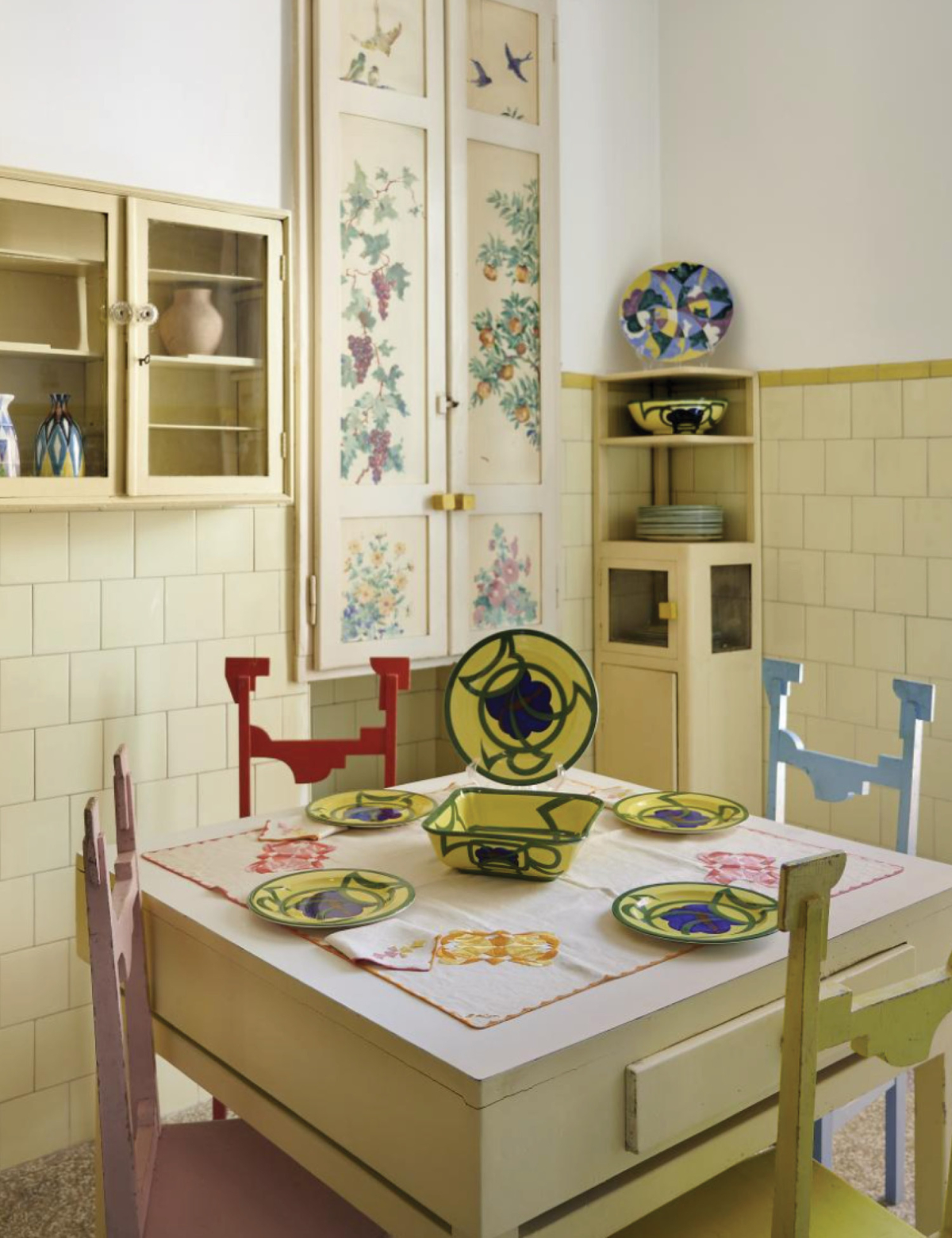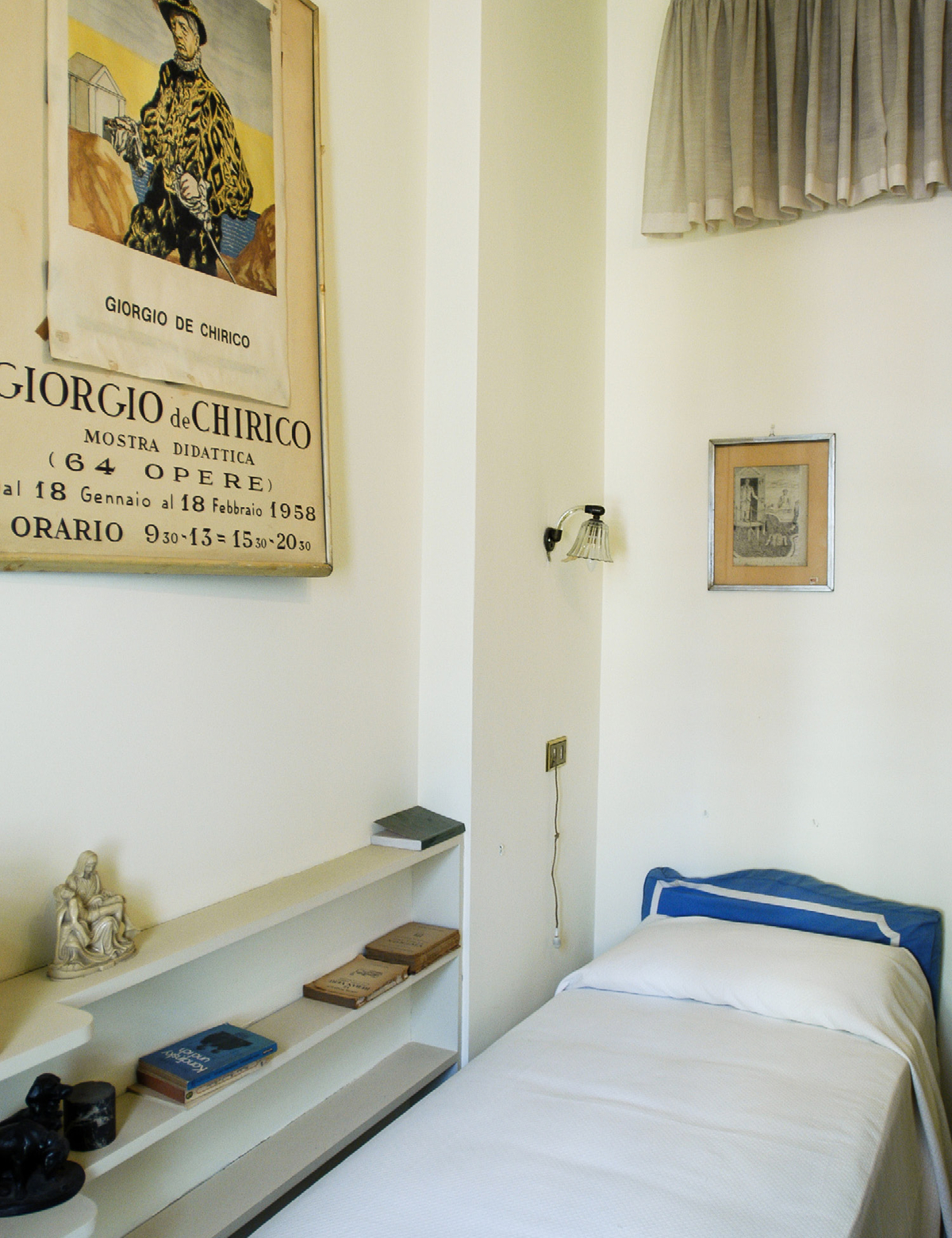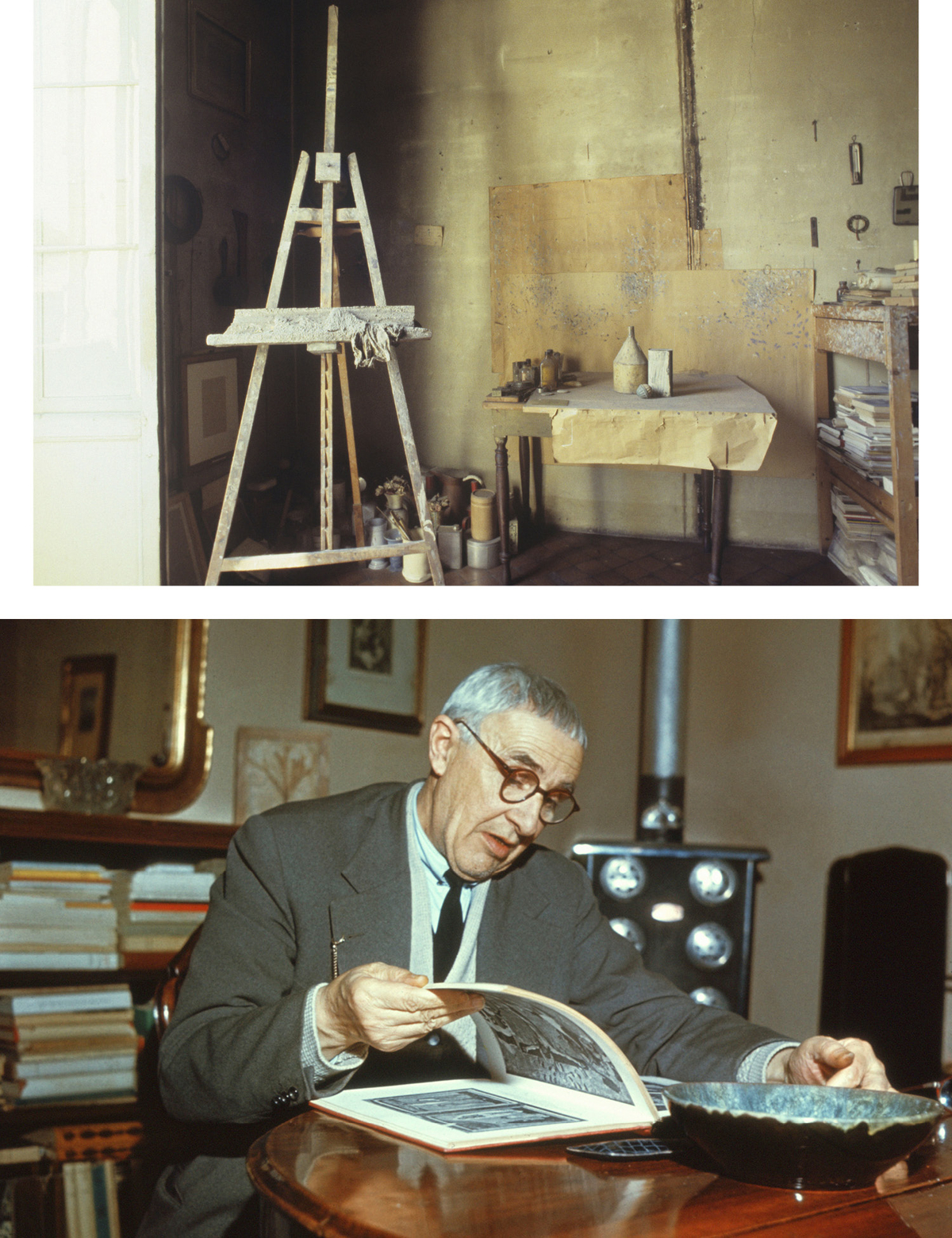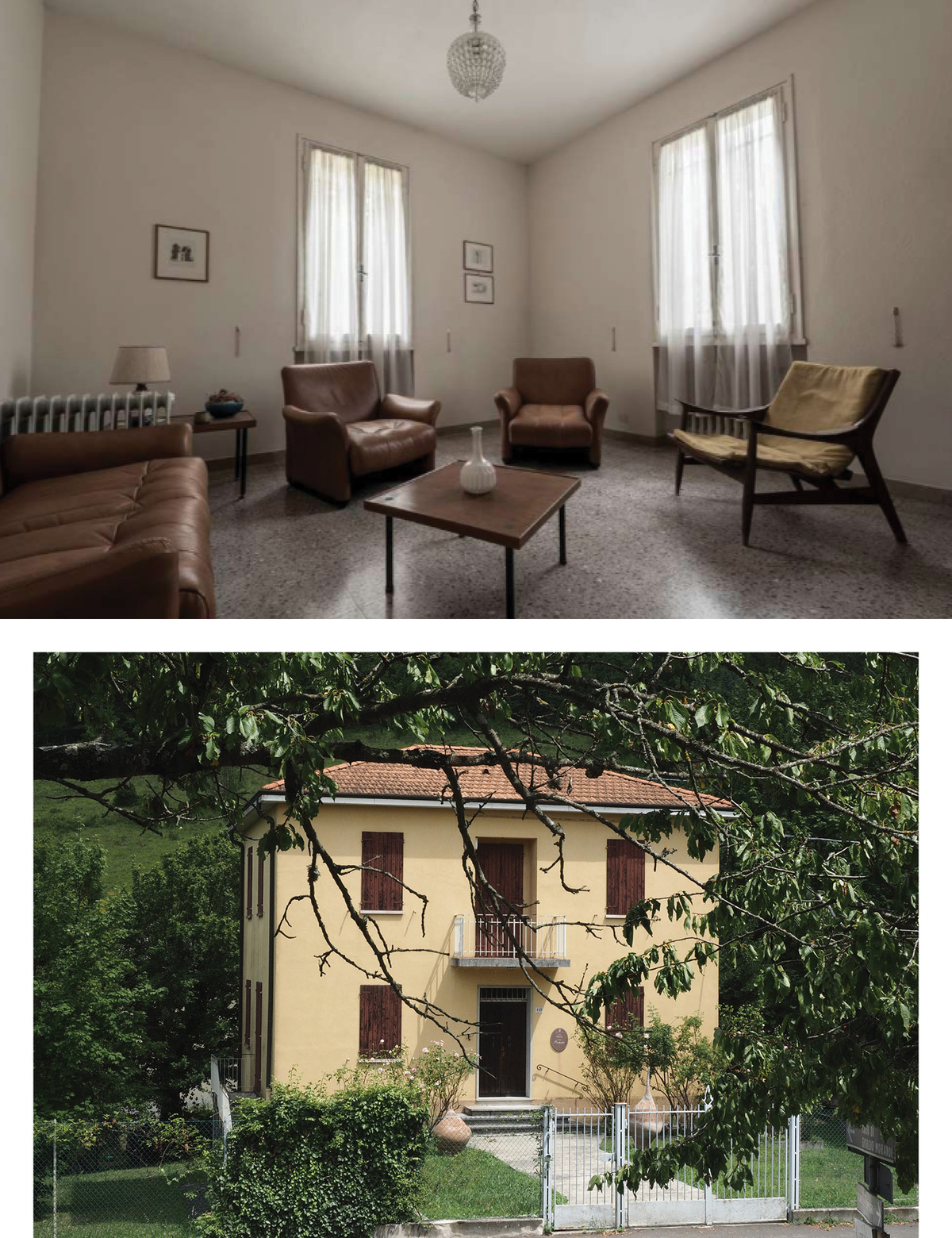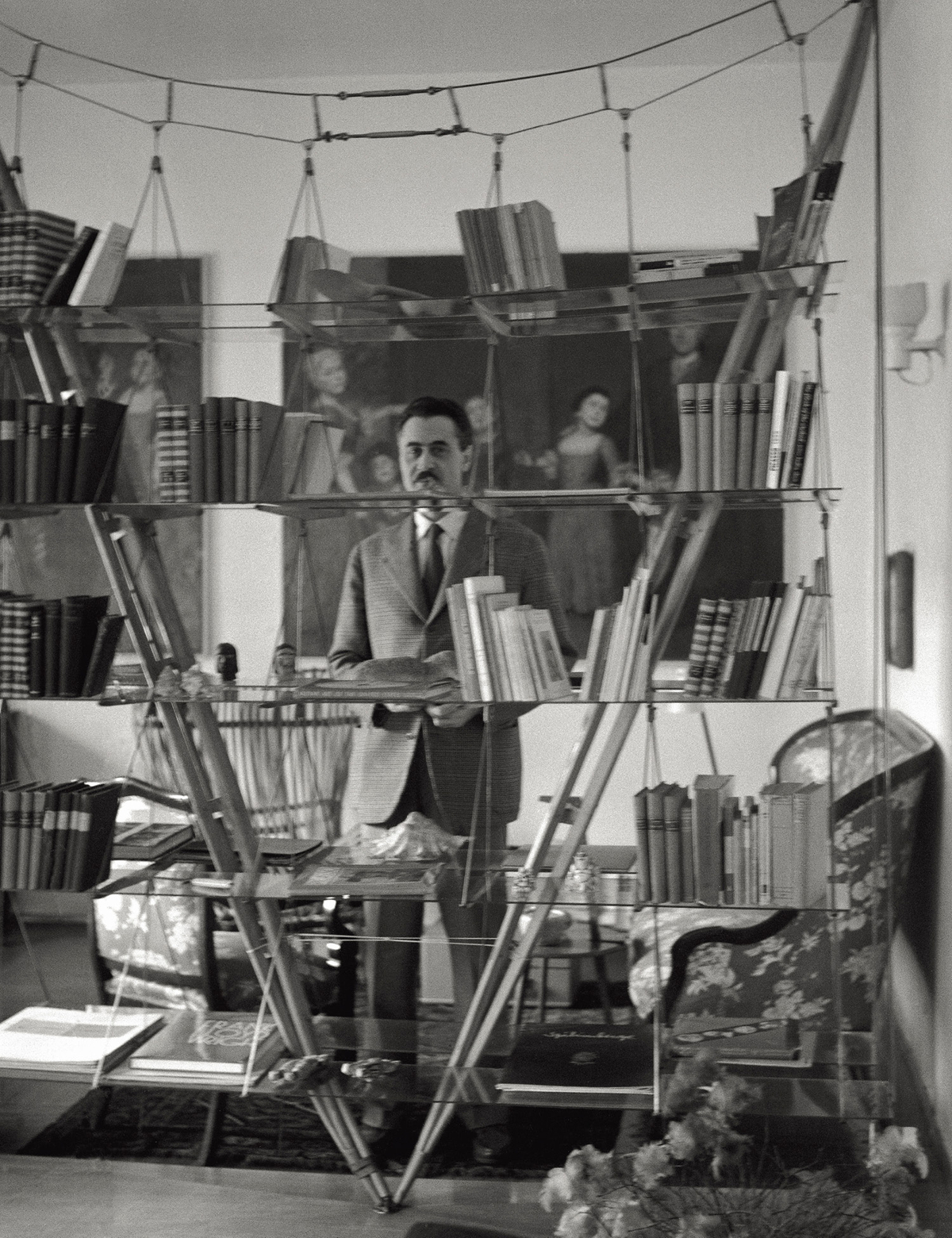Edith Wharton wrote in 1906 that it was in the “parentheses of travel” that more intimate glimpses of a city could be gleaned, in order “to preserve its personality in the traveler’s mind.” Wharton’s advice was thus to look in the “backgrounds” for a more rewarding journey, at a time when most of her set were still traipsing religiously to Venice, Florence, and Rome for their Italian Grand Tour fixes at sumptuous palazzos of refined classical beauty or at legendary ancient monuments.
Mindful of her counsel, more than a century later, I found in the private homes and studios of some of the star artists and designers of the 20th century an alternative expedition, equally impressive. Just as previous acolytes sought to absorb beauty and refinement via the Renaissance and antiquity, the contemporary traveler can find the sparks of modern creative ingenuity in more intimate settings.
In Milan, a city often ignored by all but fashionistas, I visited the lively incubators of architect-designers, who, in marrying the Italian traditions of art and craft, became part of the “economic miracle” that had begun in Italy’s industrial and automotive sectors after the war and catapulted the country into the front ranks of style. Family-run companies were nimble enough to take risks on these inventive practitioners, and together they forged new construction and manufacturing techniques that were forward both technologically and in their design.
Debonair Franco Albini stood out for his poetic way of taking traditional craft and turning it on its head. Achille Castiglioni was “like a Calder with his suitcase of circus items,” wrote Paola Antonelli, his onetime student and now senior curator of architecture and design at the Museum of Modern Art in New York. Vico Magistretti respected the Milanese craftsmen who had helped transform the city into the industrial powerhouse it became, and his intricate works incorporated their expertise. Gae Aulenti made her mark on an international scale not rivaled by her male colleagues in museum commissions in Paris and Venice.
Bologna, also often wrongly bypassed for its more popular neighbors, wears its exuberance in colorfully painted façades and graceful arcades and in its vibrant university community. It is here that native painter Giorgio Morandi unveiled the poetry in everyday objects and simple landscapes now prized globally in prominent collections. The Casa Morandi and the Morandi Museum in the city center and his country home in the hills of Grizzana outside the city make for an engrossing pilgrimage to his inspirations.
In Rome, two other 20th-century artists could not have coexisted more distinctively. Giorgio de Chirico, the once revolutionary painter who had made colonnades and town squares into dreamlike backdrops for icy statues and mannequins, lived at the foot of the Spanish Steps in haute bourgeois comfort. And Giacomo Balla, the futurist artist, made over his pedestrian apartment in a quiet district on the fringes of the city into a whimsical Gesamtkunstwerk, where every chair, table, wall, ceiling, and article of clothing joins in a bricolage of color and craft.
Taken together, these modest Italian spaces, which show off the ingenuity and accomplishments of their storied inhabitants, follow Wharton’s prescriptions for a memorable immersion into the interstices of cultural history, no less grand in magnitude.
Patricia Zohn is a culture columnist who has contributed to numerous publications, including the Huffington Post, The New York Times, and Town & Country


